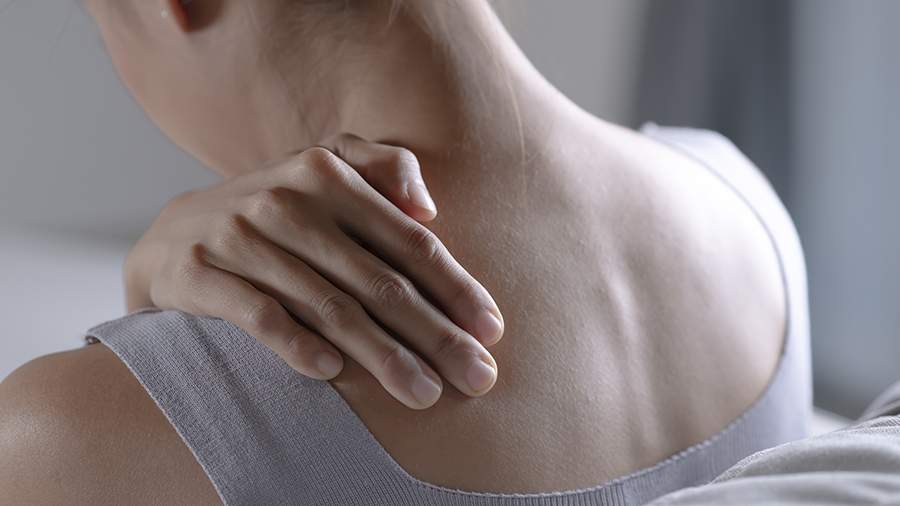The doctor told about the rules of home self-massage

There are many self-massage techniques that can be applied to various parts of the body. So, finger kneading, gentle pressure and circular movements are suitable for the neck and trapezoids. In the lower back, fist and palm work is effective, as well as gentle rubbing. On May 26, a doctor, consultant and entrepreneur, founder of the Rehab network of massage parlors, told Izvestia about self-massage techniques.You are Alexander Leden.
"The legs can be rolled with the palms of your hands, moving from the feet to the hips. For the feet, pressing your thumb on the active points and rolling on the ball is recommended. Hands require kneading the muscles of the forearm and the back of the hand. The face can be massaged with gentle pats and tightening movements along the massage lines," the expert explained.
He recommended creating a cozy atmosphere before a self-massage session, taking care of clean hands and preparing the skin with a warm shower or compress.
The doctor warned: there are contraindications to self-massage, such as acute inflammation, skin diseases, oncology, thrombosis, fever and severe pain of unknown origin. In such cases, it is worth consulting with a specialist.
When choosing massage oils or creams, it is important to avoid products that can clog pores or cause irritation. Grape seed, coconut and jojoba oils are suitable, as well as light natural massage creams. Strong odors should be avoided so as not to irritate the central nervous system, Leden warned.
He explained that the frequency of self—massage depends on the goals: for tone and prevention, it is recommended 2-3 times a week, after exercise - on the day of training, and for the face, you can perform daily procedures wisely. The main thing is regularity: it is better to devote 10 minutes every day than an hour once a month.
"Using massage tools can significantly increase its effectiveness. Massage balls are suitable for trigger points and feet, rollers for the back and legs, gouache for the face and neck. Wooden combs can be used for the head. It is important to remember that massage should not cause pain — only pleasant sensations," the specialist shared.
For lymphatic drainage massage, movements should be directed along the lymph flow: from the periphery to the center. It is necessary to avoid strong pressure and use only gentle pushing movements. When massaging the face, you should move from the center to the ears and from the chin up, and when massaging the body — from the feet to the knees and from the hands to the shoulders.
After exertion, stroking, gentle rubbing and deep kneading will help to relax tense muscles if there is no pain. According to the doctor, using heat, such as a warming gel or a warm compress, will also be useful, and a roller or ball can be excellent helpers in this process.
When massaging the face, stroking along massage lines, pulling up movements and tapping with fingertips are effective. To work with the nasolabial area and forehead, you can use tools such as gouache or roller.
Self-massage can help with headaches or migraines: working with the occipital area, neck and temples can alleviate the condition.
"It is important to avoid mistakes when performing self-massage. Do not apply too much pressure, ignore the pain, or work on inflamed areas. Using oils without prior allergy testing can also be dangerous",
— the Ice warned.
The expert recommended doing self-massage for 15-30 minutes for the general body, 5-10 minutes for the face and at least five minutes for the feet, neck or hands. It is best to massage in the morning for tone or in the evening for relaxation.
Earlier, on April 7, Ilnur Zubairov, rheumatologist, doctor of preventive and integrative medicine, expert at Solgar, listed the body's signals indicating a lack of trace elements. According to him, omega-3 fatty acids are important for brain health and reducing inflammation.
Переведено сервисом «Яндекс Переводчик»

